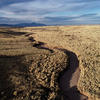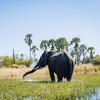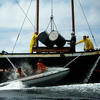You are here
Seabirds Starve while Fisheries Fill Up
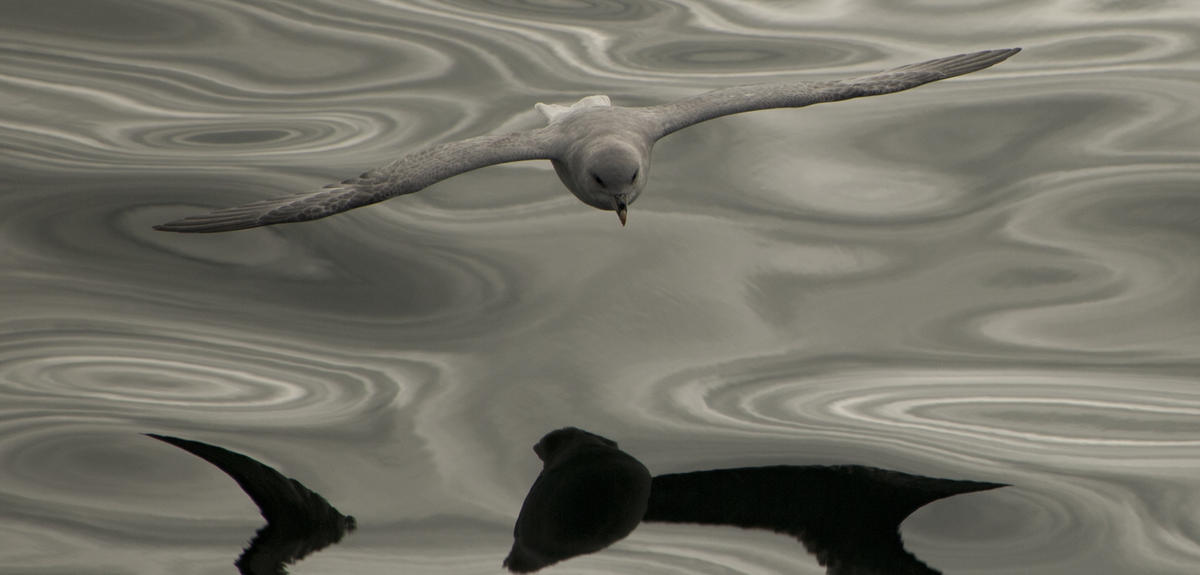
Think of the ocean and seabirds will inevitably come to mind. The reality, though, is that fewer and fewer of them are coming into sight. Since 1950, global seabird numbers have plummeted by 70 %—and humans are largely to blame. The activity of industrial fisheries, in particular, has been snatching food away from the mouths of seabirds and placing their communities at risk. But how exactly this competition between fisheries and seabirds has been playing out on a global scale had not been established—until now. Researchers representing the CNRS, the University of British Columbia and the University of Aberdeen joined forces to map out, for the first time, the evolution of this competition worldwide from 1970 to 2010.1 Their sobering findings pinpoint the regions where competition has escalated, and call attention to a battle in which we all risk losing out—not just seabirds.
Despite garnering some earlier research attention, the competition between seabirds and fisheries is an issue that is far from fully explored. Prior studies have favored certain regions while overlooking others, namely tropical areas. Alternatively, the timeframe covered has remained limited: the only previous global study confined its findings to the 1990s. To fill in this gap, the international team took on the complex, large-scale task of comparing global figures on seabird consumption versus fishery catches over a 40-year span which, for comparison’s sake, they split into two periods—1970-1989, then 1990-2010. “Global fishery catches more than doubled between Era 1 and Era 2, so the timeframe seemed ideal for testing their impact on seabirds,” explains the study’s lead author David Grémillet, a biological oceanographer from the CEFE.2
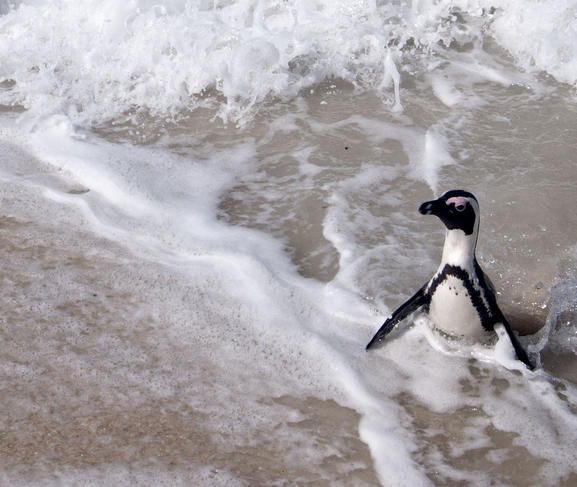

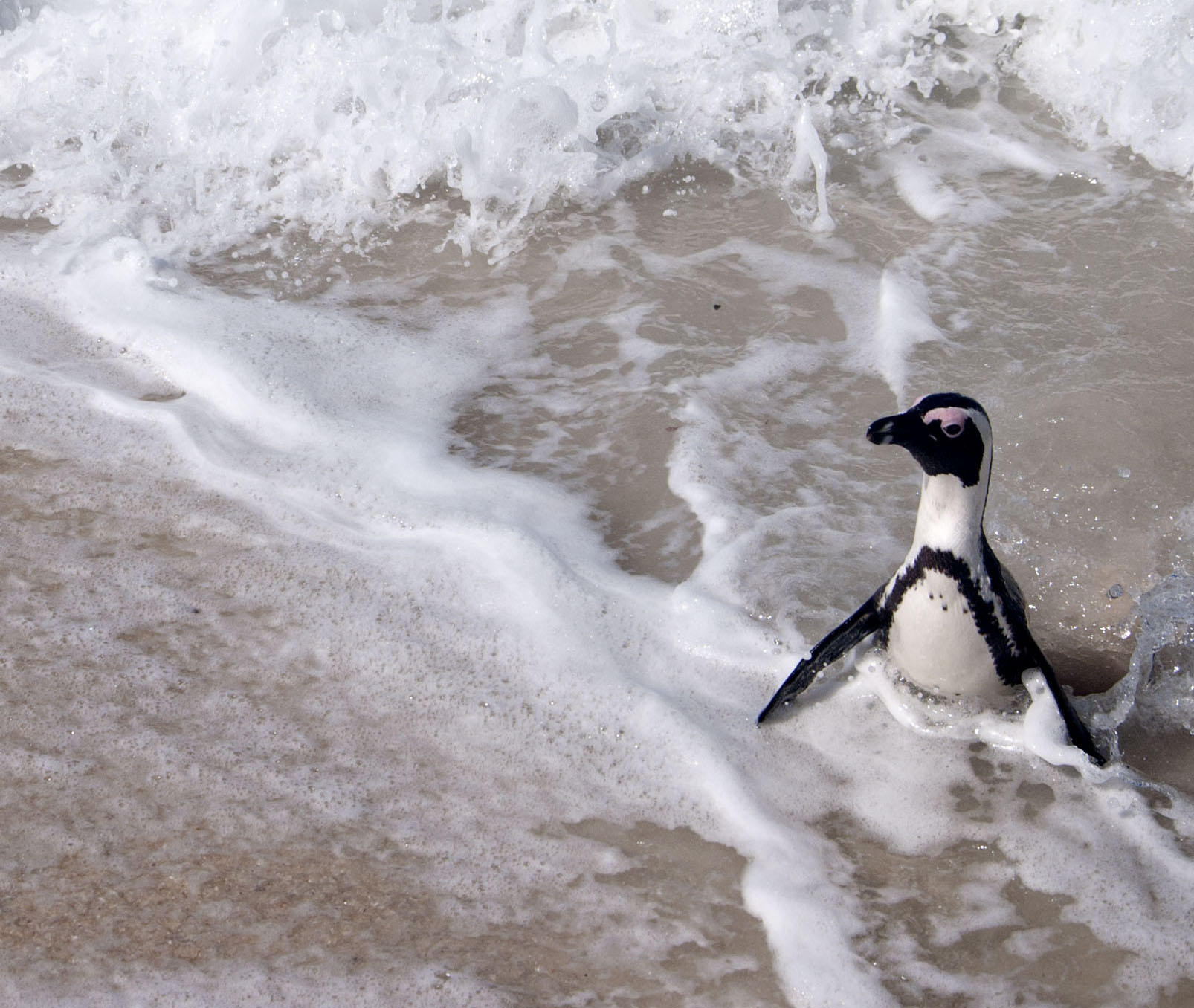
The scientists fed their analysis with global seabird and fishery data collected by the Sea Around Us, an international research project set up in 1999 to monitor the impact of fisheries on marine ecosystems, and headed up by two participants in the present study, Daniel Pauly and Deng Palomares, both from the University of British Columbia. “The Sea Around Us has been patiently building up its databases over 15 years, but seabird and fishery information had never been related to assess worldwide competition between the two parties,” notes Grémillet. The idea of making this link came to the oceanographer through his field observations in Europe and South Africa. He recalls his “frustration at seeing seabirds starved by fisheries,” prompting him to wonder “whether this was a localized phenomenon or something more global.”
The ensuing study would require three years of “colossal teamwork,” the key challenge being, Grémillet specifies, “to handle data for a billion seabirds within a database containing millions of lines, and then to overlap this information with an even larger amount of data on the fisheries side.” In this way, taking into account 0.53 billion birds in Era 1 and 0.47 billion in Era 2, the team used biogenetic modeling methods to quantify, on the basis of known bird diets and caloric intakes, the volumes of food the animals consumed per unit area and per time period. Then, for these same areas and time periods, the scientists calculated the potential seabird food netted by fisheries. Finally, by aligning this data, the scientists succeeded in “calculating a competition index for each area in the world ocean across 1970-2010.”
The team’s results bring home the gravity of the seabirds’ plight: their share of fish dived by nearly 20% from a yearly average of 70 million tons between 1970 and 1989, to 57 million tons in the next 20 years. On the other hand, fisheries worldwide upped their catches of potential seabird prey, from 59 million tons in Era 1, to 65 million tons in Era 2.
The long and the short of it? Not only are the world’s seabird populations dwindling, but fishery competition is in no way slackening, even toughening up in certain areas. Grémillet borrows his colleague Daniel Pauly’s image of “a hole burning through paper” to describe the worldwide spread of fisheries. The CEFE researcher goes on to suggest that rising competition in the Southern Ocean can be put down to it being “one of the last marine regions to be invaded by fisheries." Meanwhile, overfishing is also stiffening competition in areas such as the Asian shelves, the Mediterranean Sea, the Californian coast and the Norwegian Sea. “You have more and more fishing effort for less and less potential seabird prey, consumed by fewer birds,” comments Grémillet. “The noose is tightening around seabirds—I find this terrifying.”
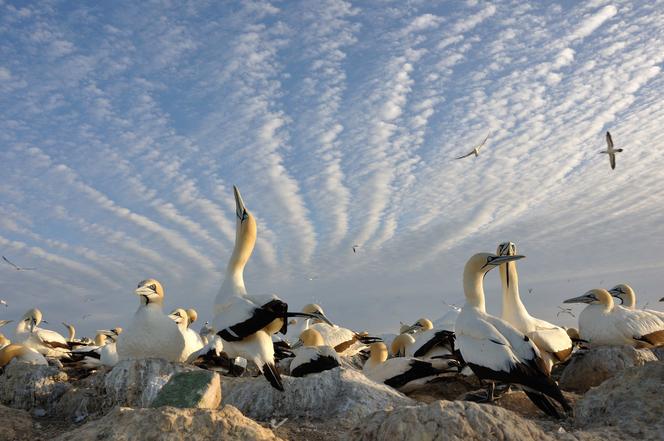

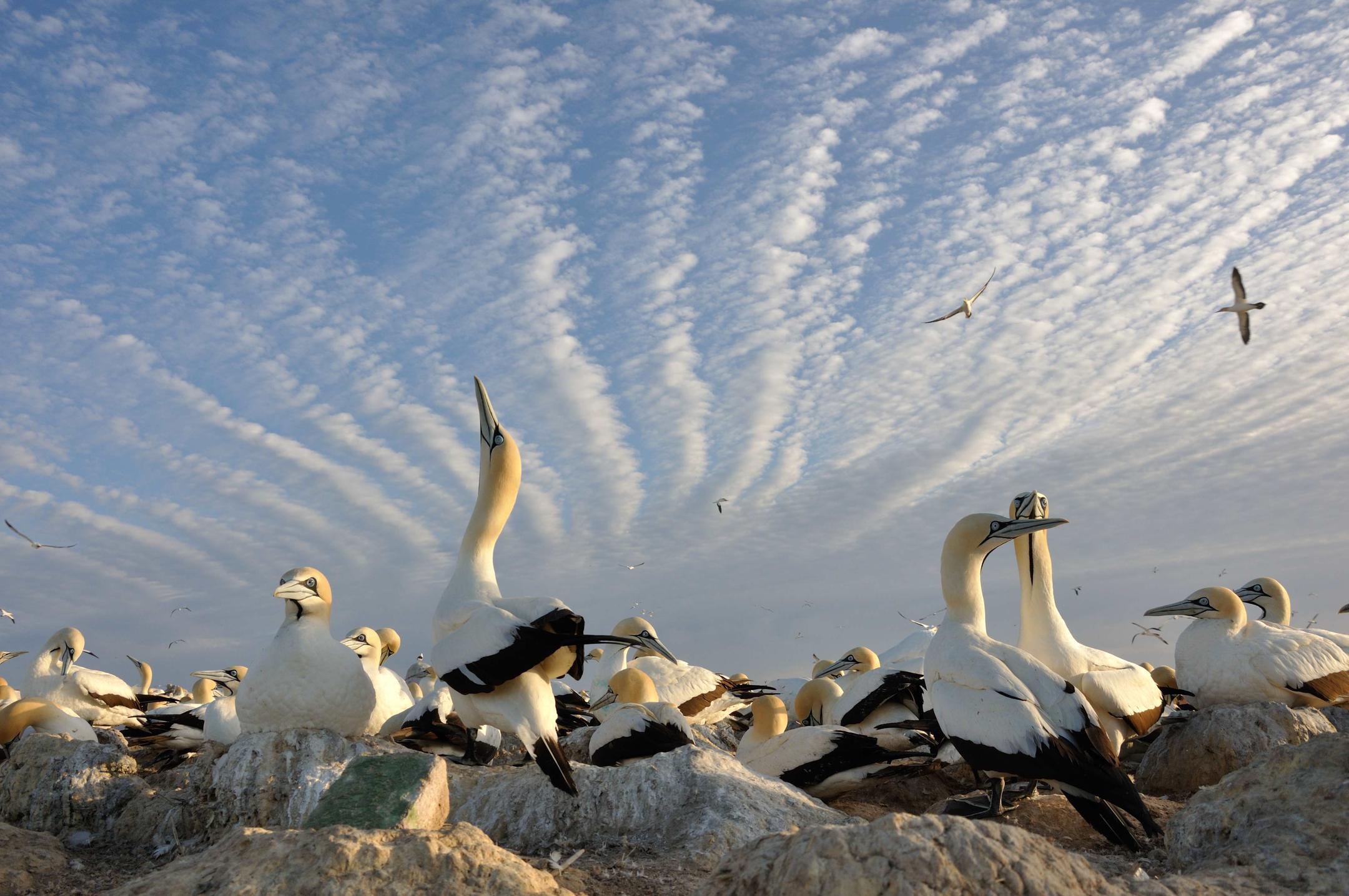
Even if the team’s study signals a marked decline of penguins and terns, the fishery threat hangs over the world seabird community as a whole, today “the most threatened of all bird groups.” And sadly, industrial fisheries aren’t the only ones to blame for the seabirds’ fragility. Grémillet lists other menaces that are part of the picture: “breeding-habitat destruction and disturbance, invasive predators like rats and cats, and also pathogens. Seabirds also face the consequences of climate change, on land and at sea, as well as chemical and plastic pollution. Seabird bycatch by fisheries hasn’t been eradicated either. It all adds ups.”
Importantly, the shrinkage of these populations isn’t disastrous for seabirds alone, but has far wider consequences. The CEFE oceanographer elaborates: “When you lose seabirds, you necessarily lose marine-ecosystem functionality. Yet this goes even beyond ecology. Seabirds are central in human cultures around the world: when we lose seabirds we lose an irreplaceable heritage—creatures which have inspired every single maritime society since the dawn of humanity, by bridging the mysterious gap between us and the sea.”
Keeping track of the damage fisheries are doing to seabirds is one crucial way in which the team is raising an alert on the need to protect this wildlife through “proper enforcement of fishing regulations, including quotas and no-take zones.” Having translated the troubling impact of seabird-fishery competition into figures, the scientists now envisage further honing their approach to fine-tune their results. “We’d like to use seabird-tracking data to better define their distribution ranges across the year cycle,” says Grémillet. The team also hopes to explore “more accurate ways to estimate seabird food requirements” and to expand the data used “to include even the world’s most elusive seabirds.”
- 1. D. Grémillet, A. Ponchon, M. Paleczny, M.-L.D. Palomares, V. Karpouzi & D. Pauly, “Persisting worldwide seabird-fishery competition despite seabird community decline,” Current Biology, 2018. DOI: 10.1016/j.cub.2018.10.051
- 2. Centre d’Ecologie Fonctionnelle et Evolutive (CNRS / Université de Montpellier / Université Paul-Valéry Montpellier / Ecole Pratique des Hautes Etudes).
Explore more
Author
As well as contributing to the CNRSNews, Fui Lee Luk is a freelance translator for various publishing houses and websites. She has a PhD in French literature (Paris III / University of Sydney).









